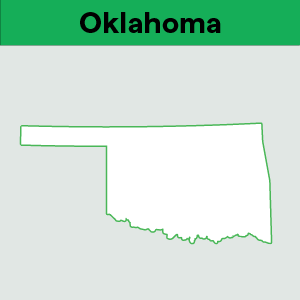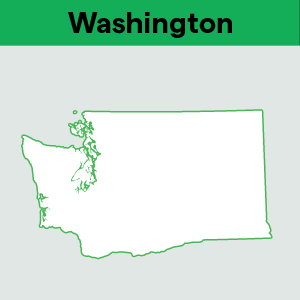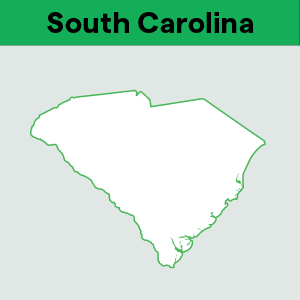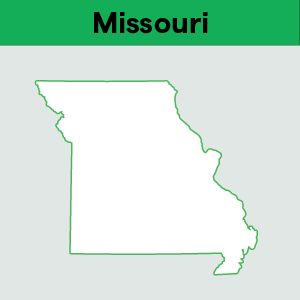Three retail predictions for the holiday shopping season
by November 16, 2024
Shopping season is almost upon us. At TaxJar, we geek out on e-commerce trends. So we’re excited to share three retail predictions we see coming down the chimney this holiday shopping season.
1. Omnichannel retail will be the real winner
Retailers should plan to optimize their omnichannel experience for all types of consumers, from e-commerce buyers to in-store shoppers. For example, one thing we saw increase during the pandemic is buying online and picking it up in stores, BOPIS for short. This is the perfect mashup for consumers who want to be in-stores again, but also now more familiar with online shopping. Mobile apps and an increased social media approach are also good ways to get into the omnichannel game. The important thing to keep in mind with omnichannel retail is that it doesn’t mean you have to be everywhere all the time. Figure out which channels your audience is engaging with, and start there. Try different methods out and see what works best for your business.
Moving to an omnichannel retail strategy also likely means more sales tax exposure in more states. It will be crucial to understand where your sales are coming from, and tracking them appropriately to stay compliant. More on that here.
2. An even earlier holiday season
It seems like the holiday shopping season keeps getting earlier and earlier. We expect this year to be no different. So to ensure their holiday gifts arrive on time, consumers will be ordering even earlier than before. Instead of preparing for a single Black Friday/Cyber Monday event, retailers will need to be ready for an increase in sales to begin in October and continue until the holidays arrive.
One way to prepare for the increase in sales is to ensure you are collecting the correct amount of sales tax, and quickly. When your customers are buying online, every millisecond matters. Every 1,000 millisecond or 1 second reduction in page load time for Walmart resulted in a 2% conversion increase. Every 100 milliseconds for Mobify resulted in a 1.11% conversion increase.
Especially during peak times like Black Friday/Cyber Monday, you don’t want your customer to abandon their purchases because your page load time was slow. As we talked about above, e-commerce retail sales will continue to reign this holiday season. Meaning your website needs to be ready.
TaxJar’s sales tax API clocks in at sub-20ms with 99.99% uptime, which means that your customers instantly see accurate tax data in their checkout view. Our ecommerce sales tax API and calculation engines scale seamlessly, maintaining the same speed and reliability no matter how many transactions are processed at once.
3. The wish list has changed
We estimate consumers are going to be spending more on travel and lodging than ever before. Things like luggage, vouchers for airline travel, and outdoor gear and attire. Clothing and accessories, especially as people prepare for more vacations, will be a popular item this year.
With all of this in mind, it’s important to be aware of which states require sales tax on clothing, and where there are exemptions that might apply. For example, in Connecticut, footwear that costs less than $50 is tax exempt. And in Minnesota, clothing is tax exempt, but accessories, most protective equipment, sports and recreational clothing, and fur clothing are taxable. Keeping up with varying product taxability can be overwhelming. That’s why we built the TaxJar API. With the TaxJar API, all you have to do is tell us one time what your product is, and we handle the rest. We ensure you collect the right amount of sales tax on every item, in every state, every time.
To learn more about TaxJar and get started, visit TaxJar.com/how-it-works.








